Visible scars—whether from surgery, acne, burns, or injury—can feel permanent. But here’s a hopeful truth: medical-grade silicone (in sheets, gels, or creams) has been proven to improve up to 90% of raised, discolored, or thickened scars. It’s easy, science-backed, and clinically recommended as the first-line treatment in scar management. (Mustoe, 2008).
How Silicone Makes Scars Smoother & Softer
-
Occlusion & Hydration
Silicone forms a breathable yet protective layer that helps seal in moisture. This hydration calms overactive scar cells and regulates collagen production—resulting in softer, flatter scars. (Gauglitz et al., 2011). -
Barrier Protection
By shielding the scar from friction, microbes, and UV light, silicone helps reduce irritation and discoloration. Consistent use minimizes itching and improves comfort. (Elsaie et al., 2013). -
Collagen Regulation & Temperature Support
The mild warmth created under the silicone enhances collagenase activity—encouraging healthy collagen remodeling and reducing excess buildup. (Gauglitz et al., 2011).
Why 90%? Here’s What the Research Says
In clinical studies:
-
86% of patients reported improvement in scar texture
-
84% saw color reduction
-
68% experienced scar height improvement
These results were based on daily use of silicone for 8–12 weeks, with continued improvement over 3–6 months (Mustoe, 2008).
Rejûvaskin’s Silicone Scar Gel: Gentle, Effective, Everyday
At Rejûvaskin, we understand that scar care is a personal journey. That's why Rejûvaskin Silicone Scar Gel is thoughtfully formulated to help you confidently manage scars with ease:
-
Medical-grade silicone ensures hydration, barrier protection, and safe collagen modulation.
-
Lightweight & clear—no sticky residue, easy to layer under SPF or makeup.
-
Gentle and non-irritating, making it suitable for all skin types and convenient for daily routines.
Ideal for scars that itch, feel raised, or look inflamed—gel is a gentle, effective way to care for visible scars.
Your Simple, Effective Scar Care Plan
-
Clean and dry the scarbed area before use
-
Apply gel twice daily, wearing it continually for 12–24 hours
-
Use for 2–4 months consistently; longer if needed for stubborn scars
-
Stick with it—clinical benefits accrue over time
Works Cited
Elsaie, M. L., & Ibrahim, S. M. (2013). The efficacy of topical silicone gel in the treatment of hypertrophic scars. Plastic and Reconstructive Surgery – Global Open, 1(1), e8. https://www.ncbi.nlm.nih.gov/pmc/articles/PMC2918339/
Gauglitz, G. G., Korting, H. C., Pavicic, T., Ruzicka, T., & Jeschke, M. G. (2011). Hypertrophic scarring and keloids: Pathomechanisms and current and emerging treatment strategies. Molecular Medicine, 17(1-2), 113–125. https://www.ncbi.nlm.nih.gov/pmc/articles/PMC4486716/
Mustoe, T. A. (2008). Evolution of silicone therapy and mechanism of action in scar management. Aesthetic Plastic Surgery, 32(1), 82–92. https://www.drthomasmustoe.com/content/uploads/2020/03/Scar-Management-Evolution.pdf
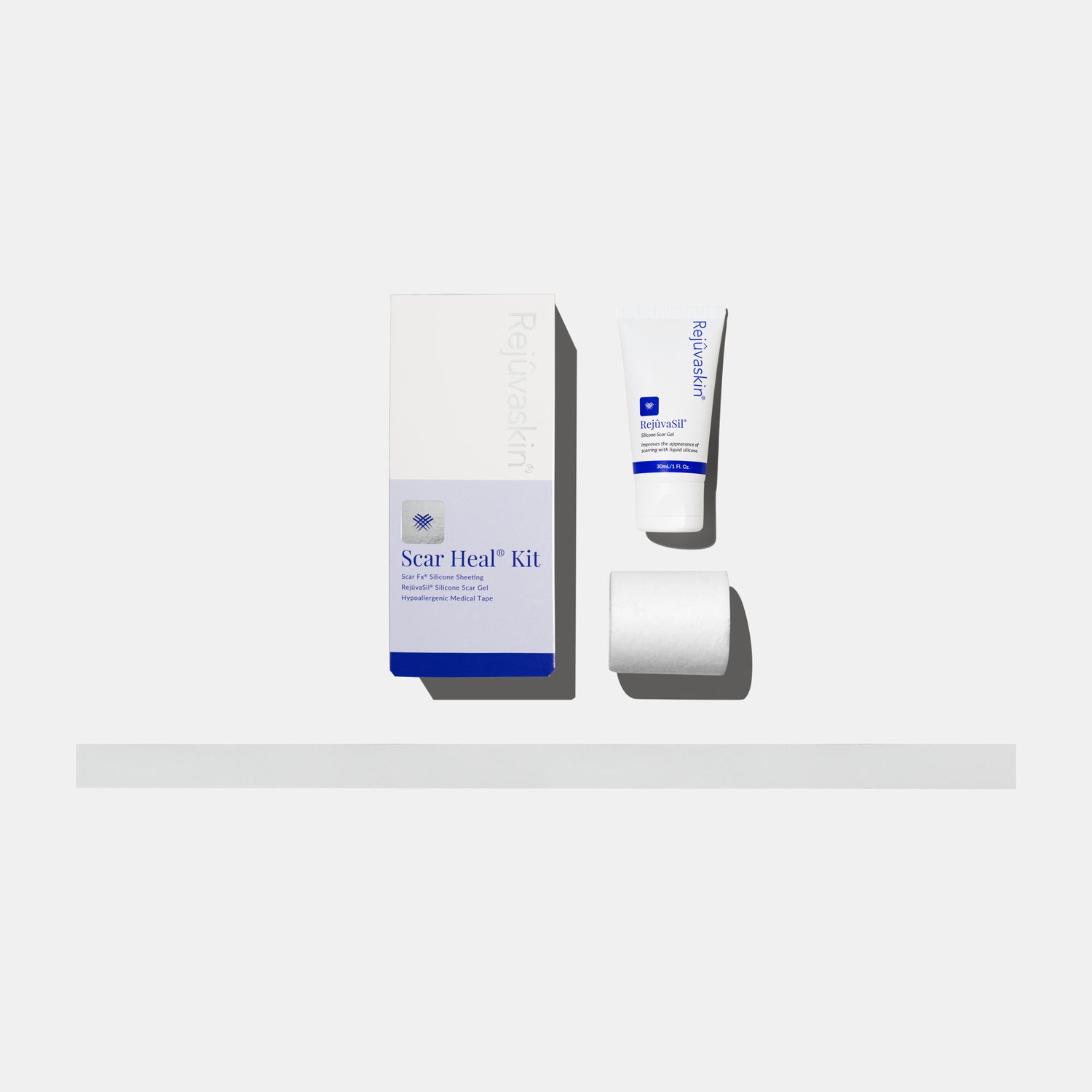


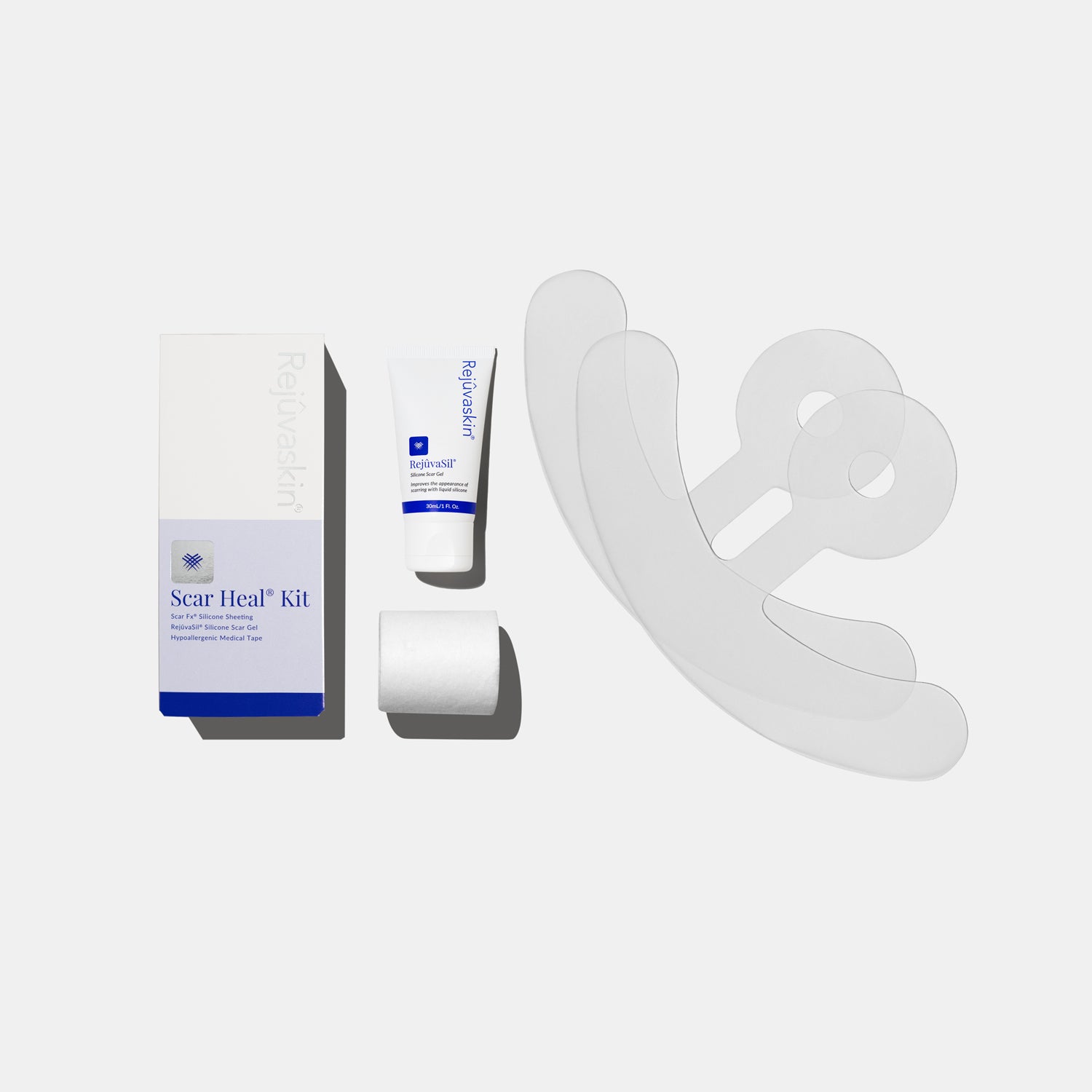
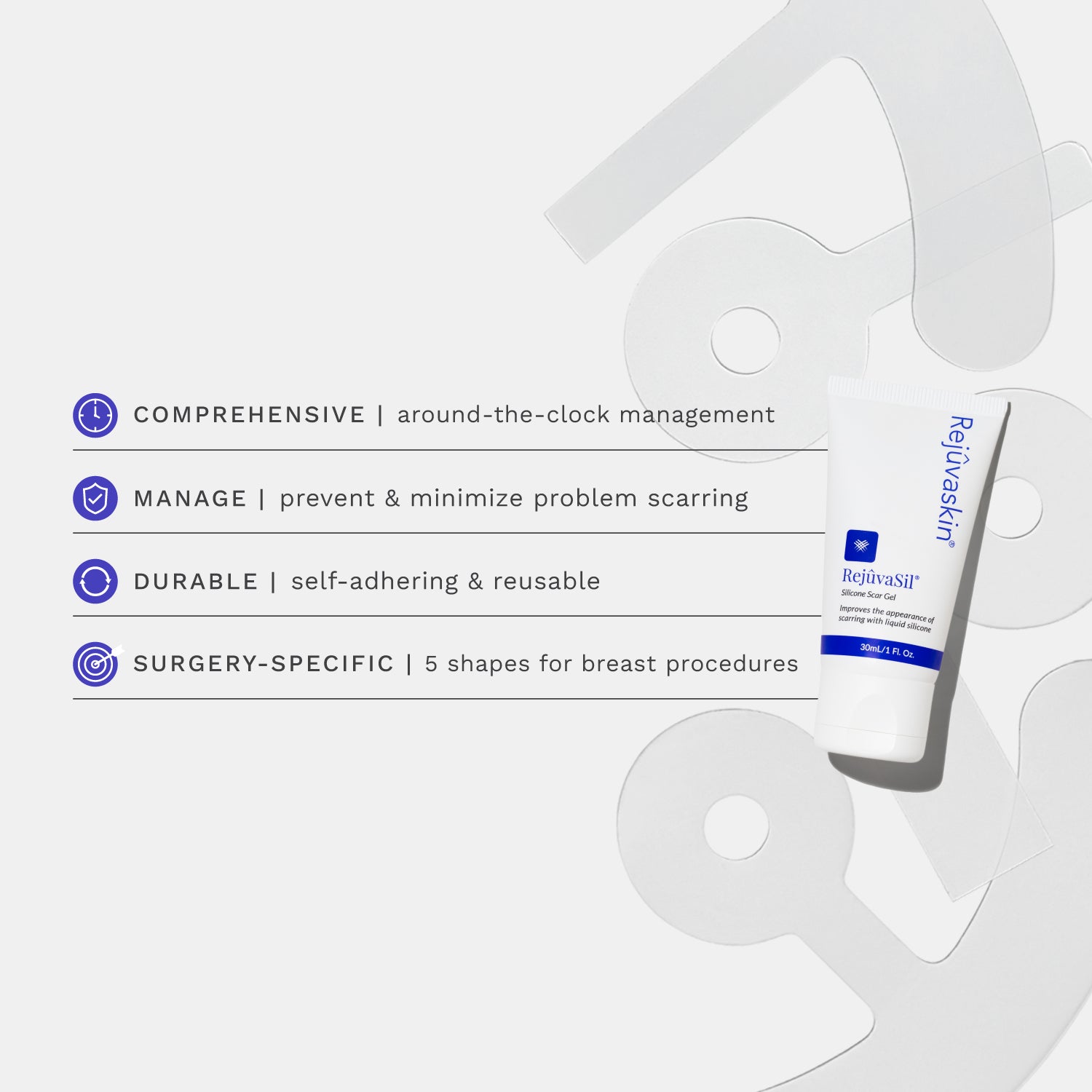
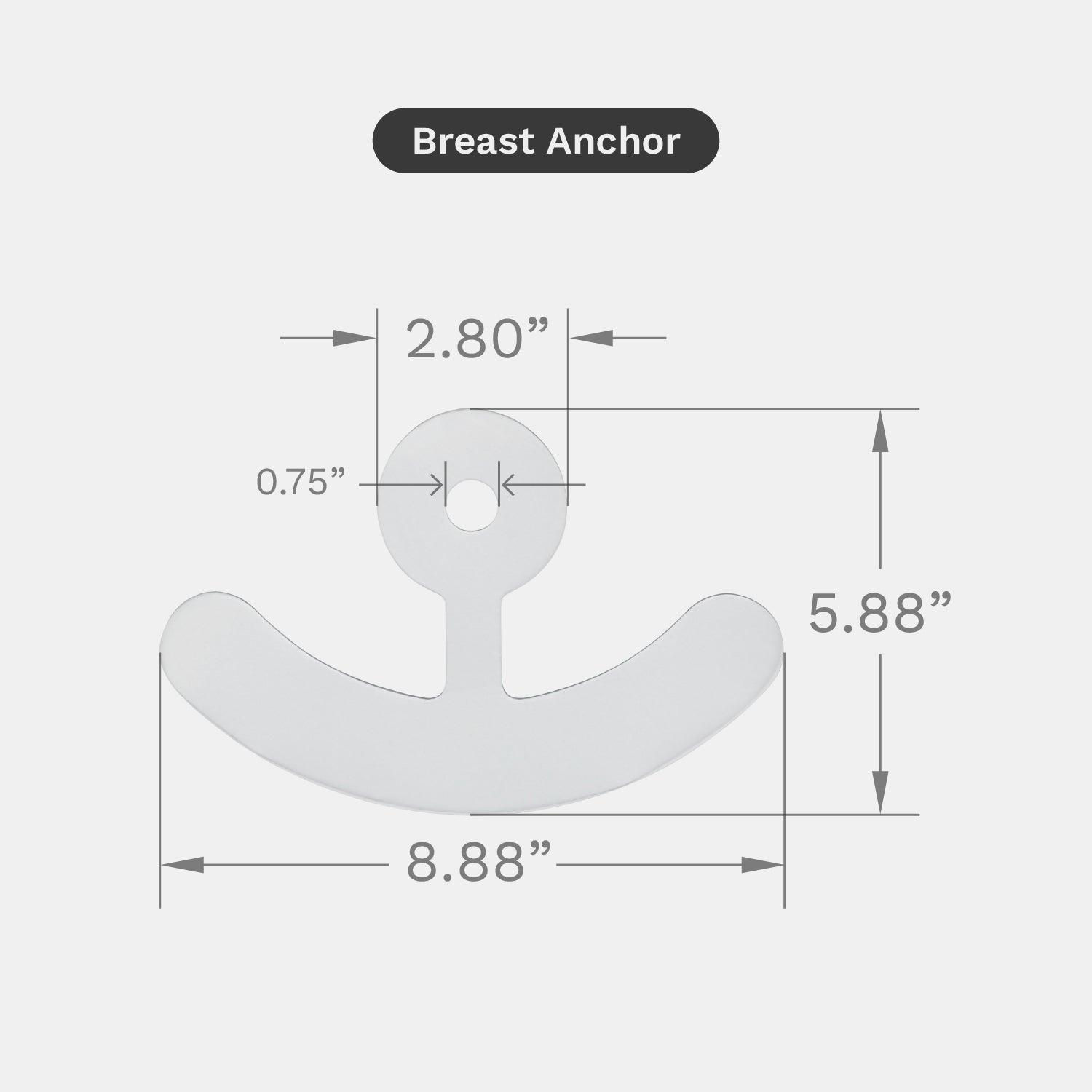
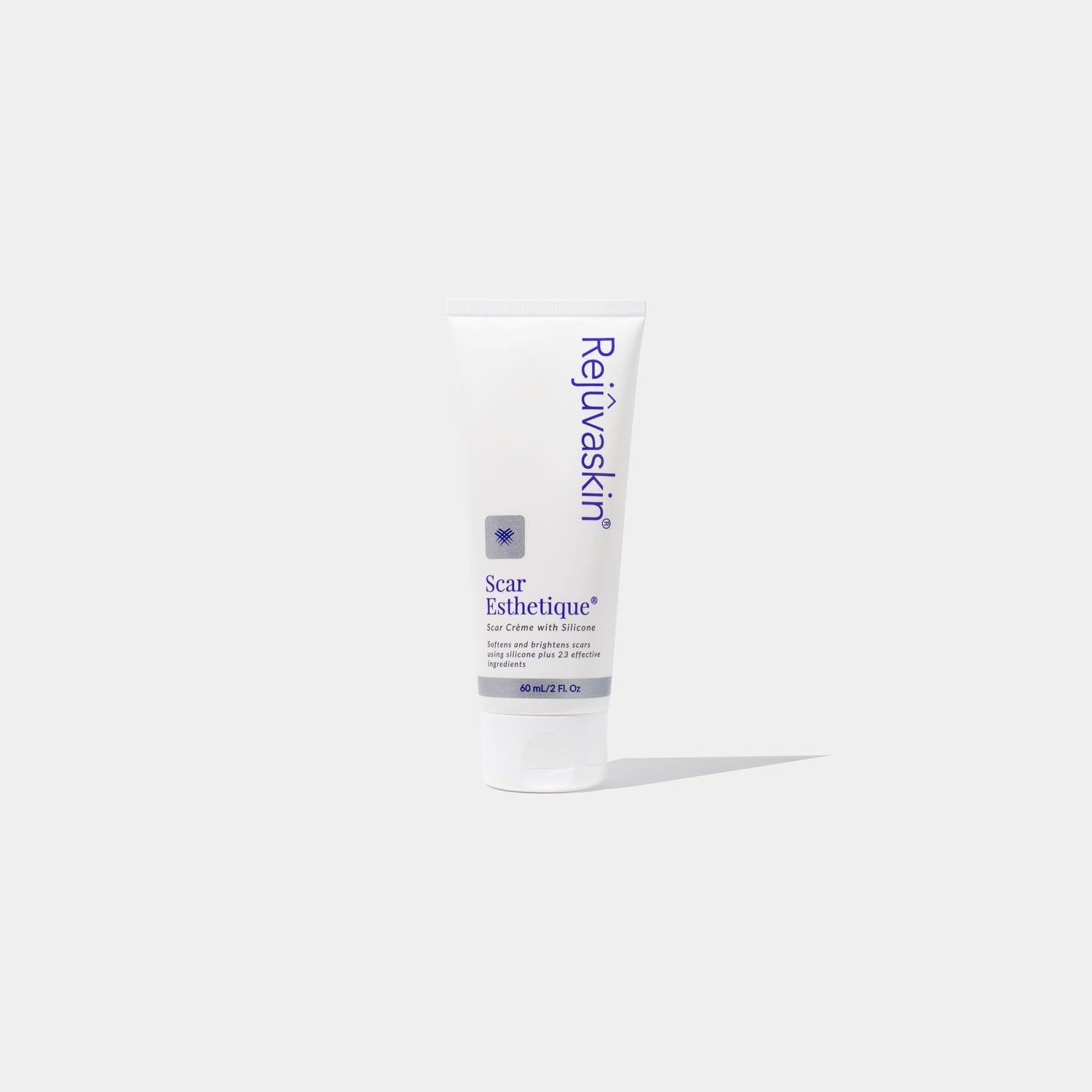
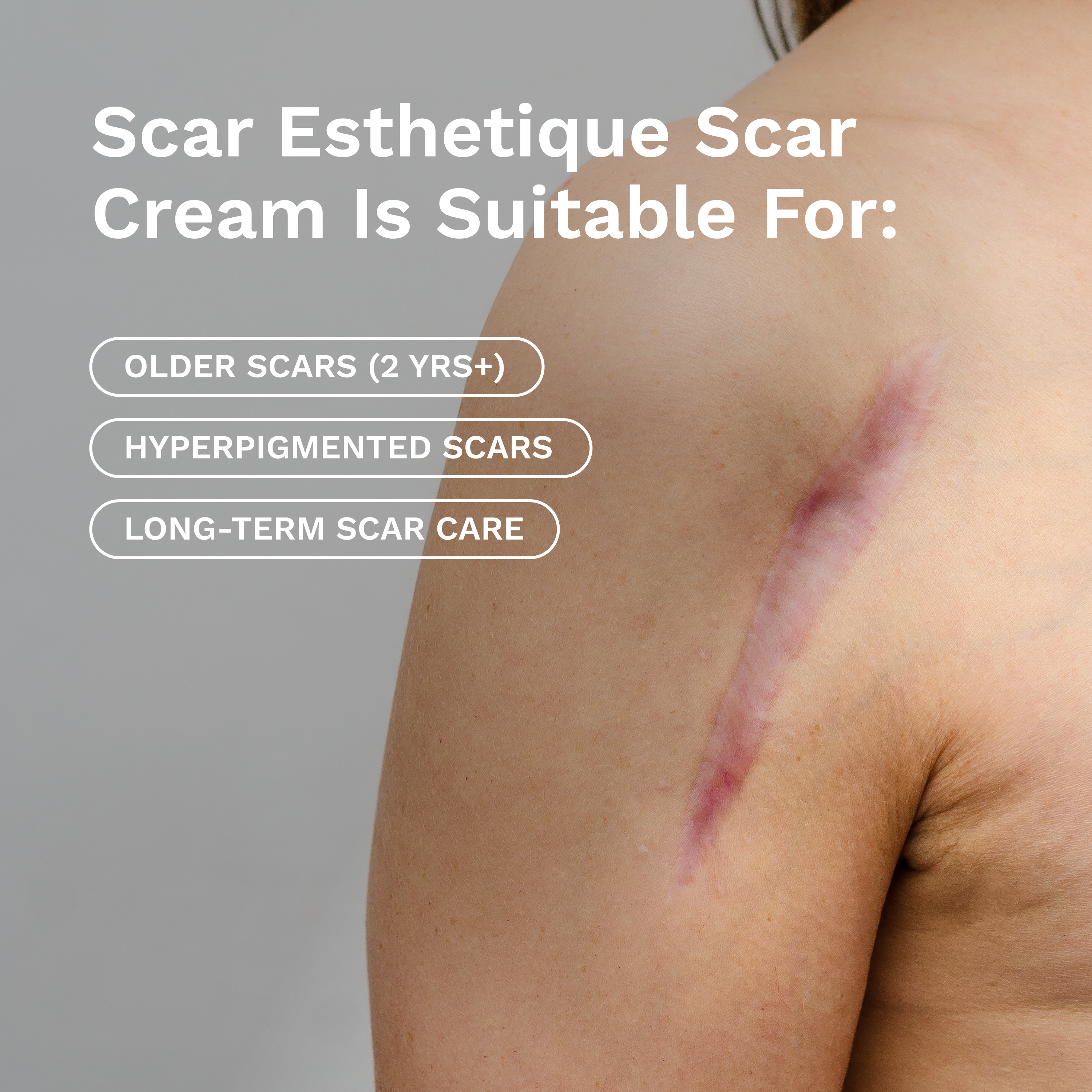








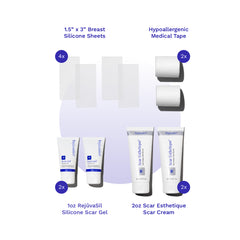
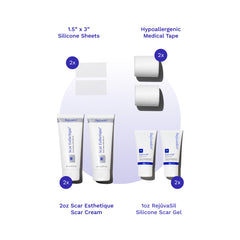

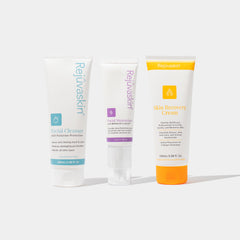

Leave a comment